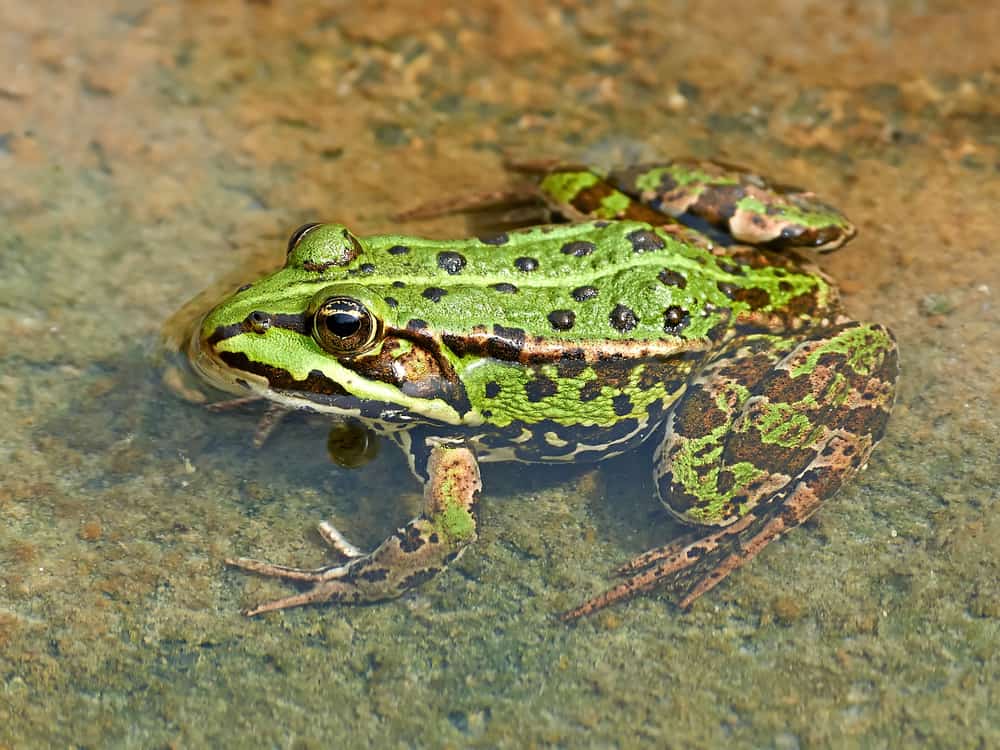Frogs have hopped around our planet for over 200 million years, outliving the dinosaurs and adapting to almost every environment except Antarctica. These remarkable amphibians are far more complex and fascinating than most people realize. While their croaking and jumping abilities might be familiar, frogs harbor numerous surprising secrets that showcase their evolutionary marvels and ecological importance. From changing their skin color to possessing bizarre reproductive strategies, these amphibians continue to astonish scientists and nature enthusiasts alike. Let’s dive into 16 incredible frog facts that will transform how you view these remarkable creatures.
16. Frogs Can Breathe Through Their Skin

Unlike most animals that rely solely on lungs or gills, frogs possess a remarkable biological feature—they can breathe through their skin. This process, called cutaneous respiration, allows oxygen to pass directly through their thin, permeable skin and into their bloodstream. This adaptation is particularly crucial when frogs hibernate underwater during winter months, where they can absorb enough oxygen to survive without surfacing for air. Their skin must remain moist to facilitate this gas exchange, which explains why frogs generally prefer humid environments and why you’ll rarely find them in deserts or extremely dry regions. This unique respiratory ability makes frogs particularly sensitive to environmental pollutants and chemicals, as toxins can easily penetrate their skin along with oxygen.
15. Some Frogs Can Freeze Without Dying

Several frog species, including the wood frog (Lithobates sylvaticus), have developed the extraordinary ability to survive being frozen solid during winter. When temperatures drop, these frogs produce high concentrations of glucose and urea in their vital organs, acting as natural antifreeze. As much as 65% of the water in their bodies can freeze, turning them into frog-shaped ice cubes with no breathing, no heartbeat, and no brain activity. Their cells remain protected from ice damage thanks to these specialized chemicals, allowing them to essentially suspend life temporarily. When spring arrives and temperatures warm, the frogs thaw out and resume normal biological functions with no apparent harm. This remarkable adaptation, studied extensively by medical researchers, could potentially inform better techniques for organ preservation for transplantation in humans.
14. The World’s Smallest Vertebrate Is a Frog

The title of world’s smallest vertebrate belongs to Paedophryne amauensis, a tiny frog discovered in Papua New Guinea in 2009. Measuring just 7.7 millimeters (0.3 inches) in length—smaller than many insects—these frogs are so minute they can fit comfortably on a dime with room to spare. Despite their minuscule size, they possess fully functional organs, skeletal systems, and reproductive capabilities like any other vertebrate. Scientists believe their evolutionary miniaturization allows them to occupy ecological niches unavailable to larger animals, particularly in the leaf litter of rainforests where they feed on tiny mites and ants that other predators cannot access. Their discovery challenged previous assumptions about the lower size limits possible for vertebrate animals with complex organ systems.
13. Frogs Have 360-Degree Vision

A frog’s bulging eyes aren’t just a distinctive facial feature—they provide nearly panoramic vision that helps these amphibians detect predators and prey in almost every direction. Their eyes are positioned high on their heads, allowing them to see forward, sideways, and partially behind while remaining mostly submerged in water. This adaptation increases their chances of spotting approaching threats while minimizing their own visibility. Additionally, frogs can retract their eyeballs downward through special openings in their skull, helping them swallow food by using their eyeballs to push food down their throat. This unique mechanism also protects their eyes while eating large prey. While their vision excels at detecting movement, most frog species have poor color vision except in the blue-green spectrum—a specialization that helps them identify suitable aquatic environments.
12. Some Frogs Are Among the Most Poisonous Animals on Earth
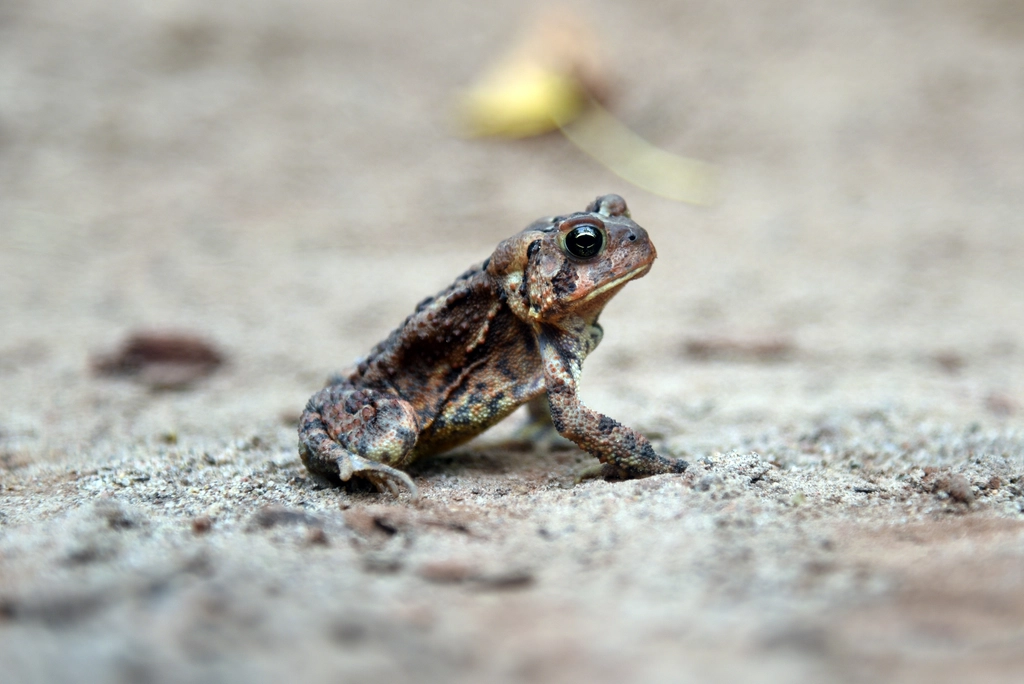
The poison dart frogs of Central and South America rank among the world’s most toxic creatures, with the golden poison dart frog (Phyllobates terribilis) being lethal enough that a single specimen contains sufficient toxin to kill 10-20 adult humans. Indigenous people have historically harvested their toxins to create poisoned darts for hunting, hence their name. Remarkably, these frogs don’t produce the toxins themselves—they acquire and concentrate alkaloid poisons from their diet of specific ants, mites, and beetles in the wild. This explains why captive-bred poison dart frogs, fed on different diets, gradually lose their toxicity. The frogs’ dazzling colors serve as aposematic (warning) coloration, advertising their poisonous nature to potential predators. Scientists study these potent amphibian toxins for potential medical applications, including the development of painkillers more powerful than morphine.
11. Frogs Have External Fertilization But Creative Reproductive Strategies
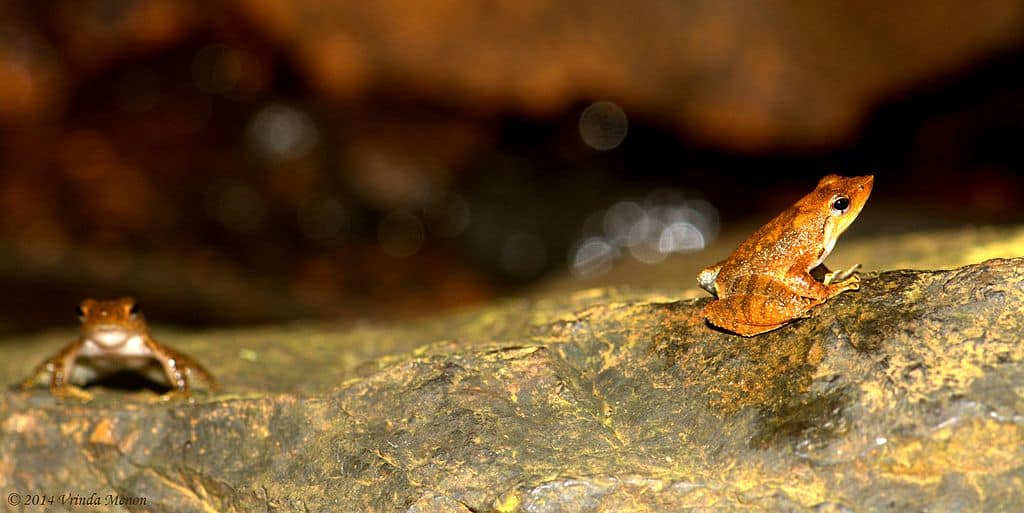
While most frogs reproduce through external fertilization—with females releasing eggs that males then fertilize outside the body—their reproductive behaviors vary dramatically across species. The Surinam toad (Pipa pipa) features one of the most unusual strategies, where eggs become embedded in the female’s back after fertilization, developing into froglets in individual pockets before emerging fully formed. Darwin’s frog males carry developing tadpoles in their vocal sacs, while certain poison dart frog species transport individual tadpoles on their backs to water-filled bromeliad plants, returning regularly to deposit unfertilized eggs as food. Some species like the Puerto Rican coquí frog bypass the tadpole stage entirely, with females laying eggs that hatch directly into tiny froglets. These diverse reproductive adaptations allow frogs to thrive in environments where traditional water bodies for tadpole development might be scarce or unpredictable.
10. Frogs’ Eardrums Are Visible on the Outside of Their Bodies
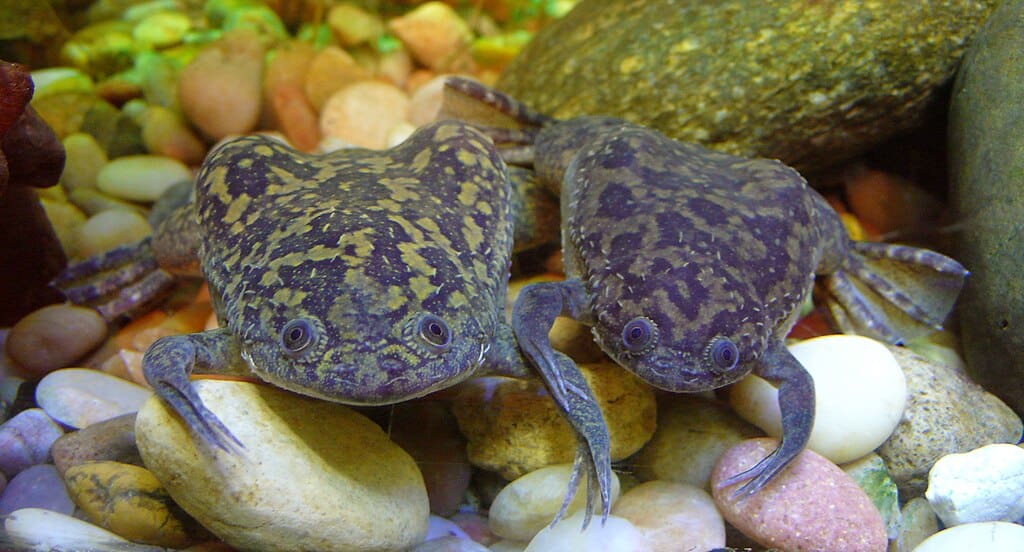
Unlike mammals with internal ears, frogs wear their hearing organs prominently on the sides of their heads. The circular discs visible behind their eyes are called tympana (singular: tympanum) and function as external eardrums. These membranes vibrate in response to sound waves and transmit these vibrations to the inner ear, where they’re converted into nerve signals for the brain. Males and females of many species have differently sized tympana, with males typically possessing larger ones that help them better detect the specific frequencies of their own species’ calls. This adaptation is crucial during breeding seasons when males must locate calling rivals and potential mates in noisy environments where multiple frog species may be vocalizing simultaneously. Their external eardrums also allow frogs to hear both airborne sounds and vibrations conducted through the ground or water, giving them comprehensive environmental awareness.
9. Frogs Can Regenerate Lost Limbs

Unlike mammals, which generally form scar tissue after severe injuries, frogs possess remarkable regenerative abilities during their tadpole stage. Young tadpoles can completely regrow lost tails and, in some cases, limbs without scarring or deformity. This regenerative capacity diminishes as they undergo metamorphosis into adult frogs, though some species retain limited regenerative abilities throughout their lives. Scientists studying this phenomenon have identified specific genes and cellular mechanisms that allow this tissue regeneration, making frogs valuable research subjects for regenerative medicine. Understanding how frogs naturally accomplish what humans cannot could potentially lead to revolutionary treatments for amputees or patients with degenerative conditions. The blastema—a collection of dedifferentiated cells that forms at injury sites in tadpoles—shares certain characteristics with embryonic stem cells, making it particularly valuable for research into tissue engineering and regenerative therapies.
8. Some Frogs Can Change Their Sex

Certain frog species demonstrate remarkable sexual plasticity in response to environmental factors. The African reed frog (Hyperolius viridiflavus) can undergo functional sex reversal, with genetic females spontaneously developing into reproductive males complete with functioning testes and male behaviors when female populations become disproportionately high. More commonly observed is the influence of environmental pollutants on frog sexual development. Chemicals like atrazine (a common herbicide) can feminize male frogs by disrupting hormone pathways, causing them to develop ovaries instead of testes. This vulnerability to endocrine-disrupting chemicals has made frogs important biological indicators of environmental contamination. Their sensitivity to these compounds stems from their permeable skin and aquatic lifestyle, which maximizes their exposure to waterborne pollutants. Scientists monitor wild frog populations for abnormal sex ratios or intersex characteristics as early warning signs of ecosystem contamination.
7. Frogs Have Been to Space
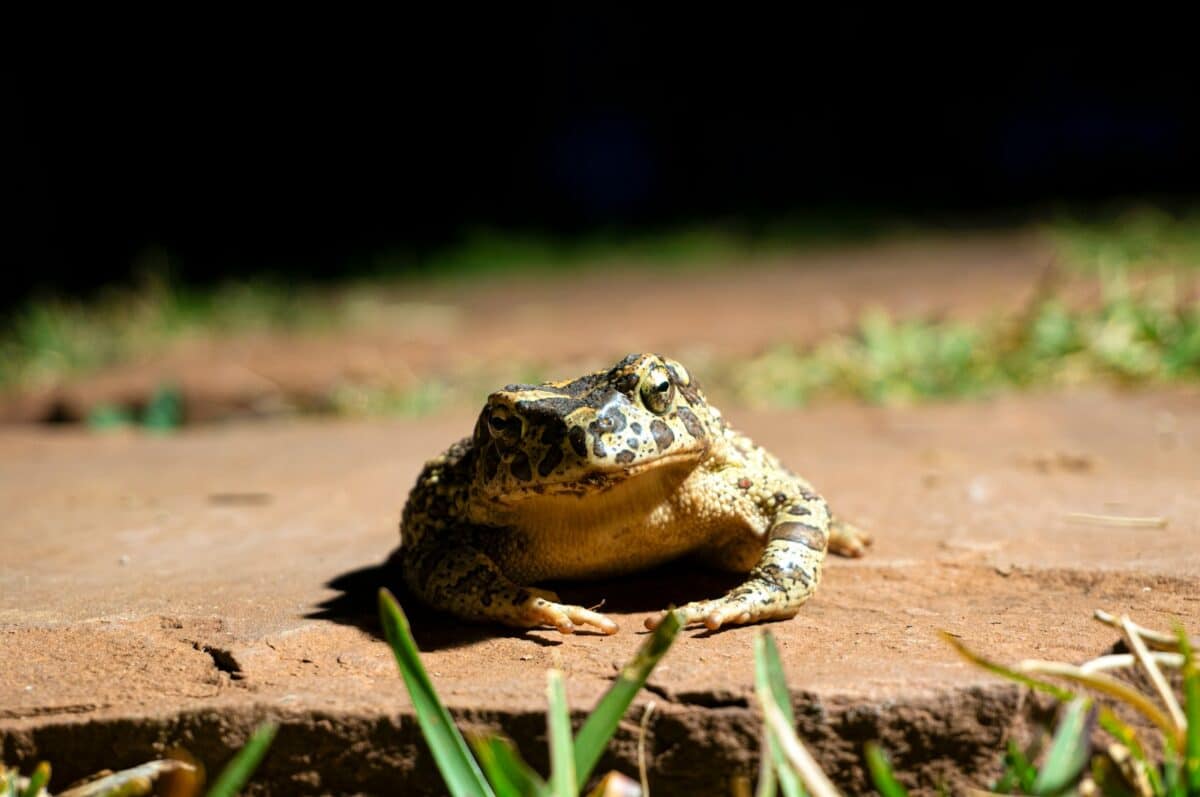
Frogs have contributed significantly to space research, with various species participating in orbital missions since the 1970s. In 1970, NASA sent two bullfrogs to orbit aboard the Orbiting Frog Otolith spacecraft to study how their vestibular system (responsible for balance) adapted to microgravity. These experiments revealed valuable information about space adaptation syndrome—the disorientation and motion sickness astronauts experience in zero gravity. In 1992, Japanese tree frogs aboard the Space Shuttle Endeavour demonstrated how amphibian eggs develop in the absence of gravity’s directional cues. Most remarkably, in 2005, the European Space Agency discovered that tadpoles can adapt their swimming behavior to microgravity within days by using visual cues instead of gravitational signals. These amphibian astronauts continue to help scientists understand how biological systems evolved under Earth’s gravity respond to its absence, providing insights applicable to human space travelers facing extended missions.
6. Frogs Have Existed Since the Dinosaur Era
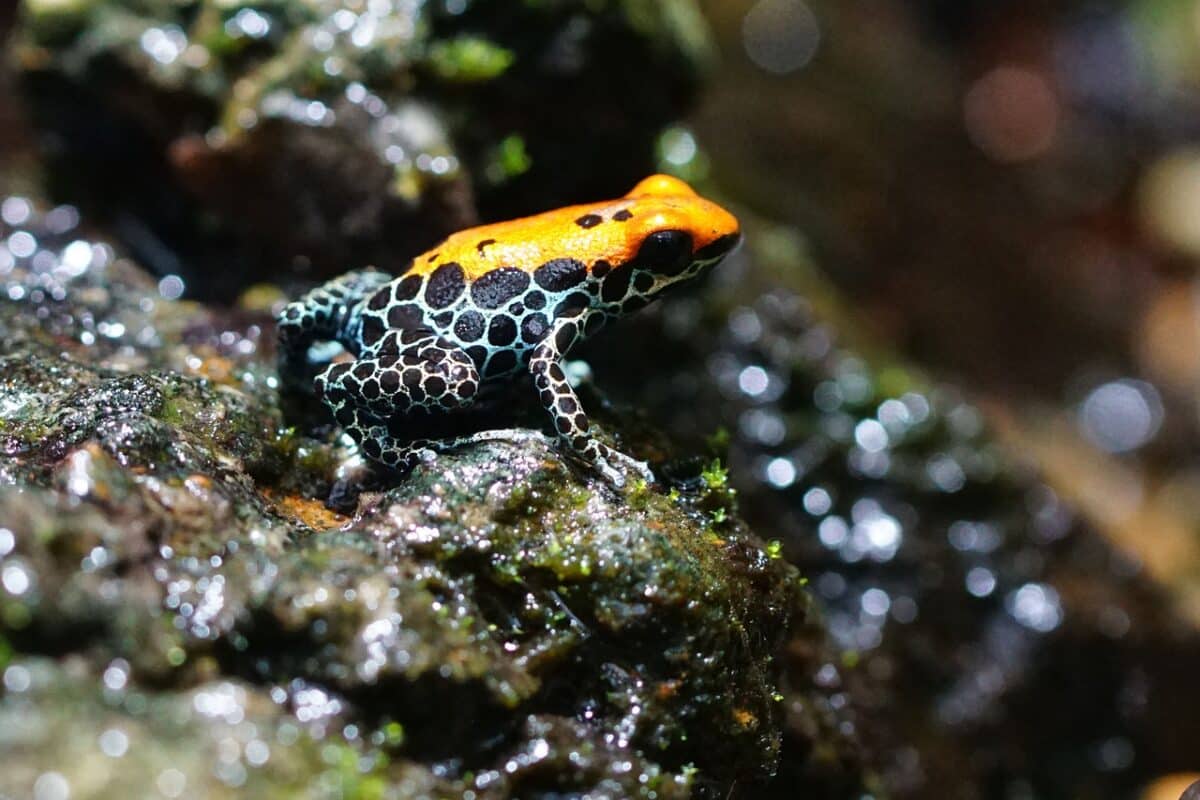
Frogs represent one of Earth’s most enduring vertebrate success stories, with fossil evidence showing they’ve existed largely unchanged for over 200 million years. The oldest known frog fossil, Triadobatrachus, dates back to the Early Triassic period approximately 250 million years ago and already displayed many characteristics of modern frogs despite retaining some salamander-like features. These resilient amphibians survived the catastrophic Cretaceous-Paleogene extinction event that eliminated the dinosaurs and numerous other animal groups 66 million years ago. Their remarkable evolutionary staying power likely stems from their modest size, ability to exploit diverse ecological niches, and reproductive strategy of producing numerous offspring. Unlike many specialized prehistoric creatures that couldn’t adapt to changing conditions, frogs’ generalist nature and physiological flexibility have allowed them to persist through dramatic climate shifts and continental reconfigurations. Today’s frogs still share fundamental anatomical characteristics with their ancient ancestors, making them living windows into Earth’s distant past.
5. Male Frogs Have Vocal Sacs That Can Balloon to Triple Their Head Size

The distinctive chorus of croaks heard around ponds and wetlands comes from male frogs using specialized vocal sacs that can inflate dramatically during calling. These elastic pouches of skin can expand to three times the size of the frog’s head, functioning as resonating chambers that amplify their calls across impressive distances. The largest vocal sacs belong to species like the African bullfrog, which can project their mating calls over a kilometer away through this biological sound system. The sacs connect to the frog’s lungs and mouth, with air being pushed back and forth to create vibrations without wasting breath. Beyond amplification, these vocal balloons serve as visual displays to intimidate rival males and attract females who can assess a potential mate’s size and fitness based on call characteristics. The specific call pattern, frequency, and duration are unique to each species, allowing females to identify appropriate mates even in mixed-species breeding areas.
4. Frogs Can Catch Prey Using Only Their Sticky Tongues

A frog’s hunting technique belongs among nature’s fastest animal movements, with their specialized tongues capable of capturing prey in less than 0.07 seconds—five times faster than a human eye blink. Unlike human tongues that attach at the back of the mouth, frog tongues connect to the front of their mouths and flip outward, allowing them to project their tongues up to 1.5 times their body length. The secret to their tongue’s stickiness isn’t just mucus but a unique combination of split-second pressure changes and a non-Newtonian saliva that changes viscosity during prey capture. This remarkable fluid acts like water when at rest but becomes 10,000 times stickier than honey when the tongue accelerates toward prey, generating adhesive forces up to three times the frog’s body weight. High-speed photography has revealed that their tongues actually wrap around prey upon contact, with the soft tissue deforming to maximize contact surface area before retracting the captured meal back into their mouths.
3. Some Frogs Build Nests and Demonstrate Parental Care

Contrary to the common assumption that frogs abandon their eggs after laying them, numerous species demonstrate sophisticated parental behaviors. The Malayan flying frog creates foam nests in trees above water, where tadpoles develop protected from aquatic predators before dropping into the water below when ready. Glass frogs (Centrolenidae family) exhibit dedicated paternal care, with males standing guard over egg clutches for weeks, keeping them hydrated and protecting them from predators and fungal infections. Perhaps most impressive are the strawberry poison dart frogs, whose females visit their tadpoles individually placed in water-filled plant reservoirs, depositing unfertilized eggs as food for each developing tadpole. The Darwin’s frog takes parental care to extraordinary levels—males swallow their mate’s fertilized eggs and incubate them in their vocal sacs, where the tadpoles develop until the male “gives birth” to fully formed froglets through his mouth. These diverse parental strategies demonstrate how frogs have evolved specialized reproductive behaviors to maximize offspring survival in challenging environments.
2. Frogs Enter a State of Suspended Animation During Droughts

Many frog species living in seasonally dry environments have evolved the remarkable ability to enter estivation—a dormancy state similar to hibernation but triggered by drought rather than cold. The African bullfrog can survive more than a year without water by burrowing deep into mud and forming a protective cocoon made from layers of shed skin. This cocoon reduces water loss by up to 50%, allowing the frog to wait out even extended dry periods. The Australian water-holding frog takes this adaptation further, storing water in its bladder and body tissues while sealed in underground chambers, famously serving as emergency water sources for indigenous peoples in Australia’s arid regions. During estivation, these frogs reduce their metabolic rates by up to 70%, minimize organ function, and enter a state of suspended animation where heart rate and respiration dramatically slow. When rain finally returns, the rehydrated frogs can emerge within hours, having safely weathered conditions that would be fatal to most amphibians.
1. Frogs Are Experiencing One of the Largest Mass Extinctions of Any Animal Group
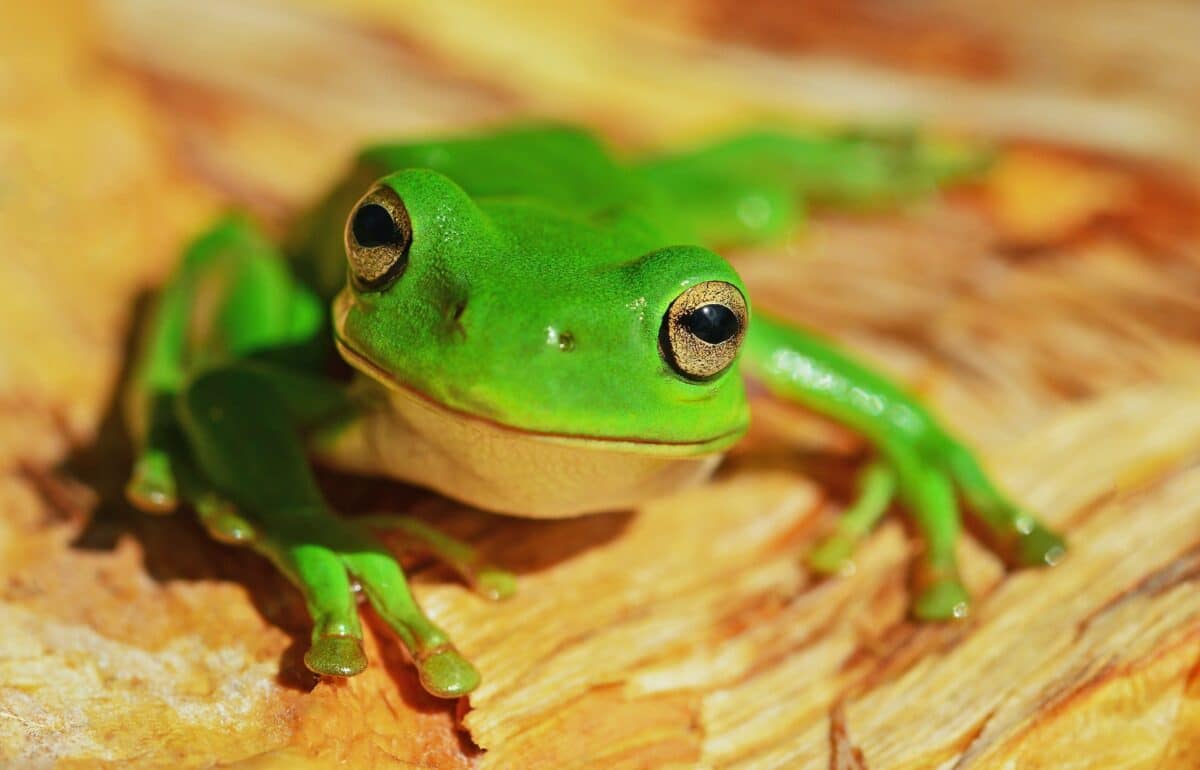
Despite surviving for hundreds of millions of years through numerous global catastrophes, frogs now face unprecedented threats resulting in what scientists call the global amphibian crisis. Over 40% of all known amphibian species are currently threatened with extinction—a rate far exceeding that of birds or mammals. This decline stems from multiple factors, including habitat destruction, climate change, pollution, invasive species, and emerging diseases like the devastating chytrid fungus, which has been linked to population collapses and extinctions of over 200 frog species worldwide. Frogs’ permeable skin and dual-environment lifecycle make them particularly vulnerable to environmental changes, functioning as ecological canaries in the coal mine. Their decline carries severe ecosystem consequences, as frogs control insect populations (including disease vectors like mosquitoes), serve as food sources for numerous predators, and connect aquatic and terrestrial food webs. Conservation efforts include habitat protection, captive breeding programs, and disease management strategies to preserve these ecologically crucial and evolutionarily remarkable creatures before they disappear.
Conclusion: Fascinating Creatures Worthy of Our Protection
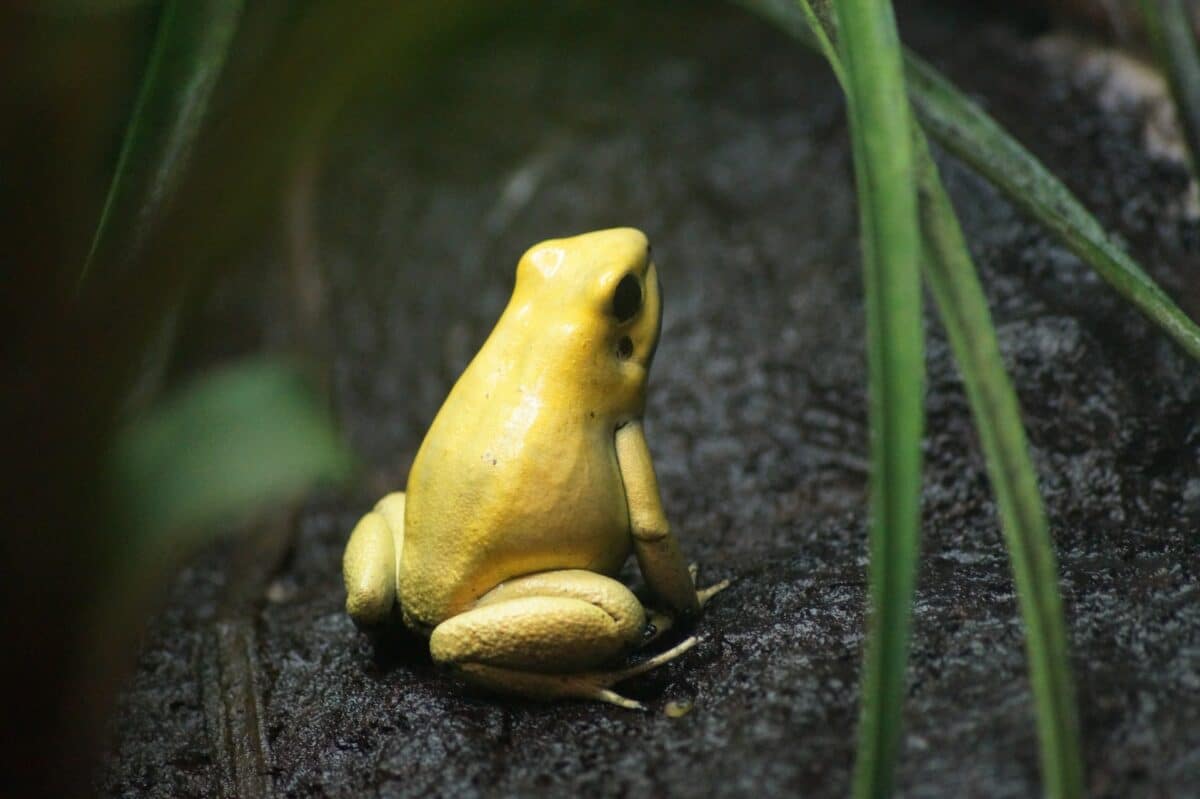
Frogs have proven themselves to be evolutionary marvels, employing extraordinary adaptations that have allowed them to thrive in environments ranging from tropical rainforests to arctic regions. Their remarkable biology—from breathing through their skin to freezing solid without harm—showcases nature’s ingenuity in solving environmental challenges across millions of years of evolution. Beyond their scientific significance, frogs provide critical ecosystem services by controlling insect populations and serving as environmental indicators that alert us to ecological imbalances long before.
- 14 Dog Breeds That Love to Cuddle - August 9, 2025
- 11 Signs Your Horse Might Be Bored - August 9, 2025
- Jurassic World Dominion Dinosaurs - August 9, 2025

